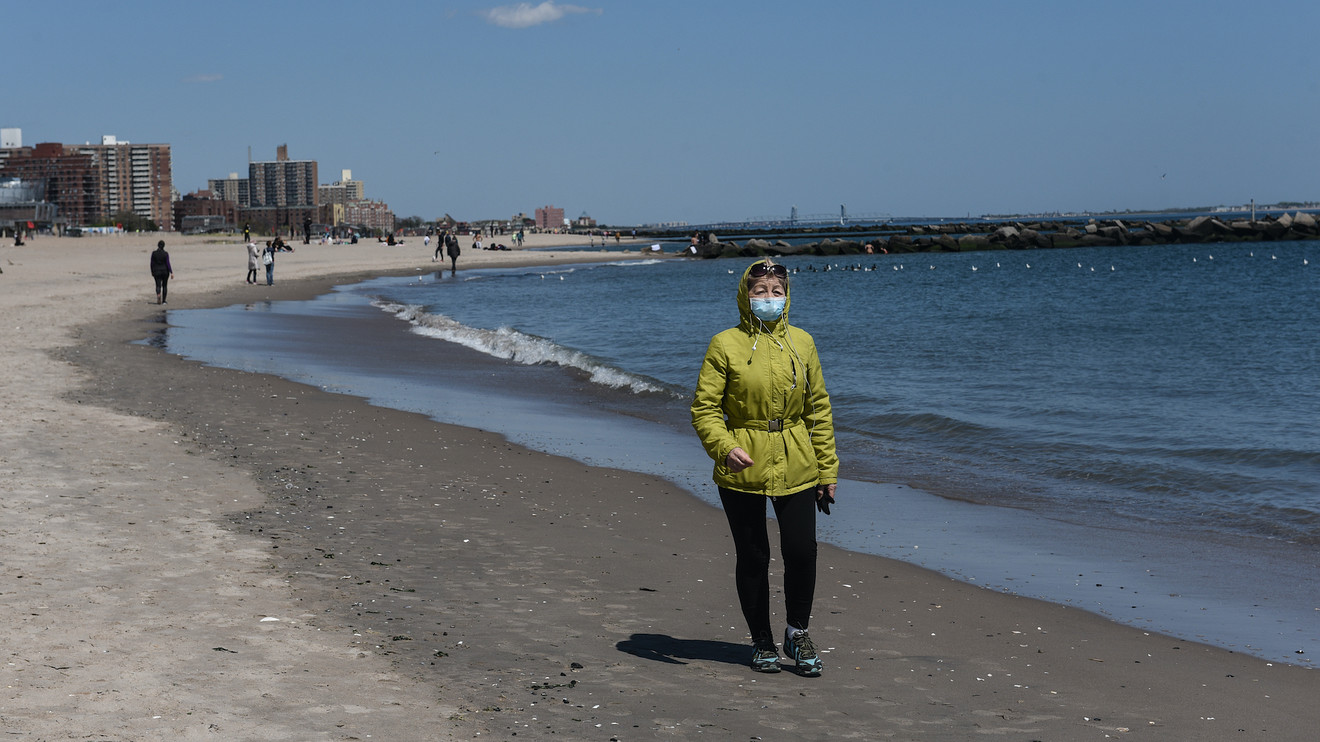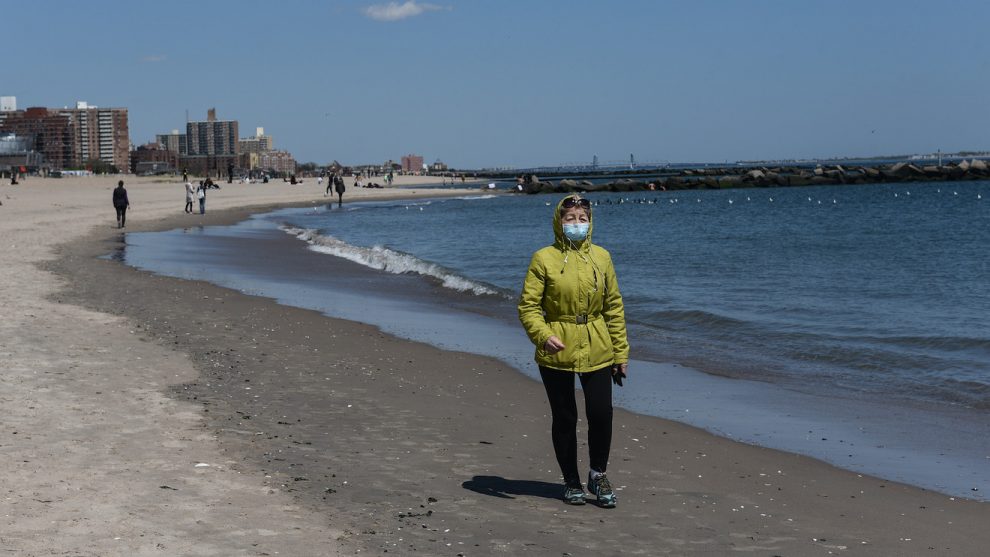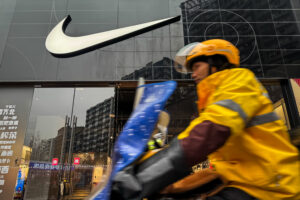
New Yorkers, on lockdown since mid-March, will get a respite Memorial Day weekend as state beaches and lakes have been cleared to open.
But, New York City residents will have to travel if they want to lay out, as the sand in the five boroughs is still off limits, Mayor Bill de Blasio said Friday.
“Some of the things people traditionally do, the beaches and the public pools, that’s not in the cards right now,” de Blasio said at his daily briefing just a few hours before Gov. Andrew Cuomo announced that he and three other governors have agreed to reopen public beaches and lakes in tandem on Memorial Day weekend. Along with New York state beaches, those in New Jersey and Delaware have been given the OK to open the same day. Connecticut beaches, meanwhile, were never closed.
Cuomo added a number of caveats, however, including the continued need to social distance, for beachgoers to wear masks and for park operators to monitor parking lots to keep the beach at 50% capacity—a potentially fraught task.
The statewide beach reopenings will include two state parks that draw crowds from New York City, Robert Moses State Park and Jones Beach, both on Long Island, just east of Queens.
MarketWatch’s Coronavirus Recovery Tracker: A tool to visualize the economy’s road back to normal by tracking unemployment, consumer confidence and other key signs of economic well-being
Nevertheless, there’s no plan yet to open beaches under the city’s purview, such as the popular Rockaways, Coney Island and Orchard Beach in Pelham Bay Park in the Bronx.
“We’re just not ready,” de Blasio. “We are—as you saw today, you know, great overall progress, not enough progress to meet our goals or the state’s goals for when we can reopen. And it’s painful, because we would all love to be able to go to the beach with the hot weather, but it’s not safe yet.”
As the weather warms, the city will also heighten social distancing enforcement at public parks usually inundated with sunbathers during the summer. Police and so-called civilian ambassadors will be limiting access to Central Park’s popular Sheep Meadow; Hudson River Park, which runs along the West Side; Piers 45 and 46, also in Manhattan; and Domino Park in Brooklyn.
As of Friday, nearly 190,000 people had tested positive for the coronavirus and 15,422 have died (that number balloons to more than 20,000 if “probable deaths” from COVID-19 are included), according to the city’s health department.
Still, the city has made significant improvement in stemming the outbreak, the mayor said. Fewer than 100 people have been walking into hospitals each day, down significantly from the peak of the crisis when as many as 900 people were headed to the emergency room with suspected cases each day. Meanwhile, the number of people in intensive care across the city’s public Health + Hospitals system has steadily declined to around 500.
The progress mirrors the state, where five of 10 regions began to reopen on Friday, beginning with manufacturing, construction and retail where curbside pick-up is possible. Cuomo extended the stay-at-home mandate known as New York in Pause for the five remaining regions, including New York City and Long Island, until May 28, according to an executive order signed on Thursday night.
The city and other regions that will remain closed have yet to meet a set of metrics Cuomo has required in order to enter phase one of reopening; they include adequate testing and tracing infrastructure, a steady decline in hospitalizations and deaths, and enough free hospital and ICU capacity to shoulder another potential wave of infections, he’s said.
“If a region hits that benchmark at any time regardless of the Pause order, that region can then reopen,” Cuomo said at his briefing on Friday.
Local leaders can decide, as de Blasio has, to keep beaches and lakes in their area closed at their own discretion, he added, though he requires those that do open to adhere to strict rules about capacity and social distancing. Concessions will remain closed and beach sports that necessarily attract groups of people will not be allowed.
“No volleyball, no football, nothing like that,” he said.
Read: Amid a deadly pandemic, they’re still delivering food and love
Still, park operators could face a tall task trying to enforce capacity limits if families and individuals are determined to go to the beach. It’s possible some will be able to bypass parking lots, where capacity will be monitored, and enter on foot, said Dr. Danielle Ompad, a professor of epidemiology at New York University’s School of Global Public Health.
“Depending on the jurisdictions you’re talking about, that can be hard to manage,” Ompad said. “It’s going to take a combination of the public cooperating and enforcement.”
And people may be unwilling to, say, don a mask particularly in the heat while sunbathing—something the governor has asked future beachgoers to do when social distancing is a challenge.
“I’d rather have a funky tan line than COVID,” Ompad said. “But there are going to be people who for a variety of reasons are not practicing social distancing.”
Echoing similar sentiments to the mayor, Ompad said New York City has a unique problem in that many beachgoers travel by public transit and one leg of that journey can take up to two hours. That creates a dangerous situation on the city’s trains, but also could create an enforcement problem at the beaches.
“If you and your family live in East Harlem and you decide to schlep all the way to Coney Island,” Ompad posited, and the beach is at capacity, “are you going to then turn around and go home after you spent two hours on the train?”
Other Developments:
Statewide, New York recorded 2,762 more cases of COVID-19 on Thursday;
There were 132 recorded deaths Thursday, the fifth straight day coronavirus fatalities were fewer than 200.





